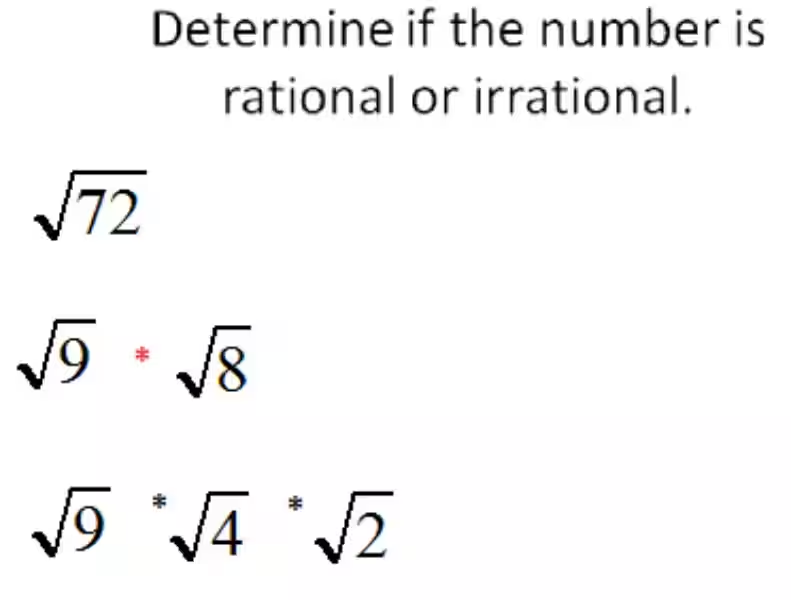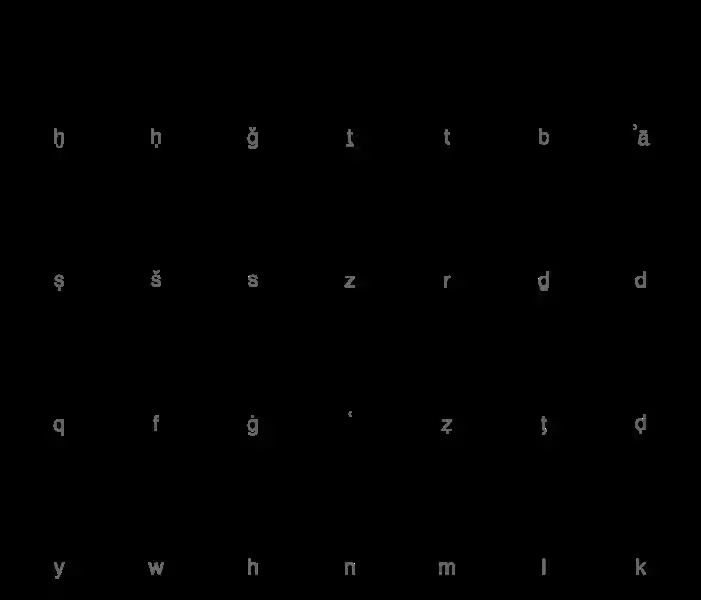
The number 666, famously known as the “Number of the Beast” in the Book of Revelation, has long been a source of intrigue and often fear. While many interpretations exist, one particularly controversial view links this number to the Arabic language and Islam. This theory, while not widely accepted, offers a unique perspective on a cryptic passage.
The Arabic Connection: A Bold Interpretation
The theory hinges upon the interpretation of Revelation 13:18, which reads: “Here is wisdom. Let him who has understanding count the number of the beast, for it is the number of a man. His number is six hundred sixty-six.” The proponents of this view argue that the number 666 can be derived from a specific combination of Arabic words, representing a powerful figure and his followers.
A Controversial Framework: The “Beast” as Islam
The core of this interpretation lies in the belief that Islam represents the “beast” described in Revelation. This perspective draws upon a specific understanding of the “mark of the beast” and its connection to worship. The theory suggests that the “mark” is not a literal physical mark but rather a symbol of allegiance, manifested through a specific act of worship.
The Arabic Words and Their Significance
The key element in this interpretation is the use of Arabic words and their numerical values. Each letter in the Arabic alphabet has a numerical equivalent, similar to the ancient practice of gematria. The proponents of this view argue:
- “Chi” (Χ) in Greek: This letter, representing crossed swords, is interpreted as a symbol of Islam.
- “Xi” (ξ) in Greek: This letter, representing the name “Allah,” signifies the deity worshipped by Muslims.
- The “Bismillah”: The Islamic declaration “Bismillah” (In the name of Allah), often worn by Muslims on their foreheads and arms, is seen as aligning with the “mark of the beast” described in Revelation 13:18. The word “yad” in Hebrew, meaning “hand,” is interpreted to encompass both hand and arm, thus connecting the Bismillah to the “mark” on the hand and forehead.
- The Final Symbol: The final element in the interpretation is a Greek accent mark, which is not a letter but rather a “sigma score” representing a multitude. The word “number” in Revelation 13:18 is interpreted as “multitude,” signifying the large following of the “beast.”
The Implications of This Interpretation
This view paints Islam as the “beast” of Revelation, with the “mark of the beast” being the act of worshipping Allah and the “multitude of the beast” representing the vast number of Muslims worldwide. The theory further links Muhammad to the “man” mentioned in Revelation 13:18, seeing him as the figurehead of this “beast.”
A Controversial Claim
It is vital to emphasize that this interpretation is not widely accepted within mainstream Christianity and is considered offensive by many Muslims. This perspective is highly contentious and relies on a specific, and often disputed, interpretation of both scripture and language. It is crucial to engage with these ideas with sensitivity and respect for diverse religious beliefs.
A Call for Understanding
This exploration of the number 666 in Arabic is intended to highlight the diverse ways in which scripture can be interpreted. It is not meant to be a definitive answer or to promote prejudice or hostility towards any faith. Instead, it serves as a reminder that religious interpretation is often complex and multifaceted, requiring thoughtful engagement with different perspectives.
Frequently Asked Questions About 666 in Arabic
What word in the Arabic alphabet translates to the number 666?
There is no single word in the Arabic alphabet that translates directly to the number 666. Arabic, like other languages, uses a numeral system to represent numbers.








